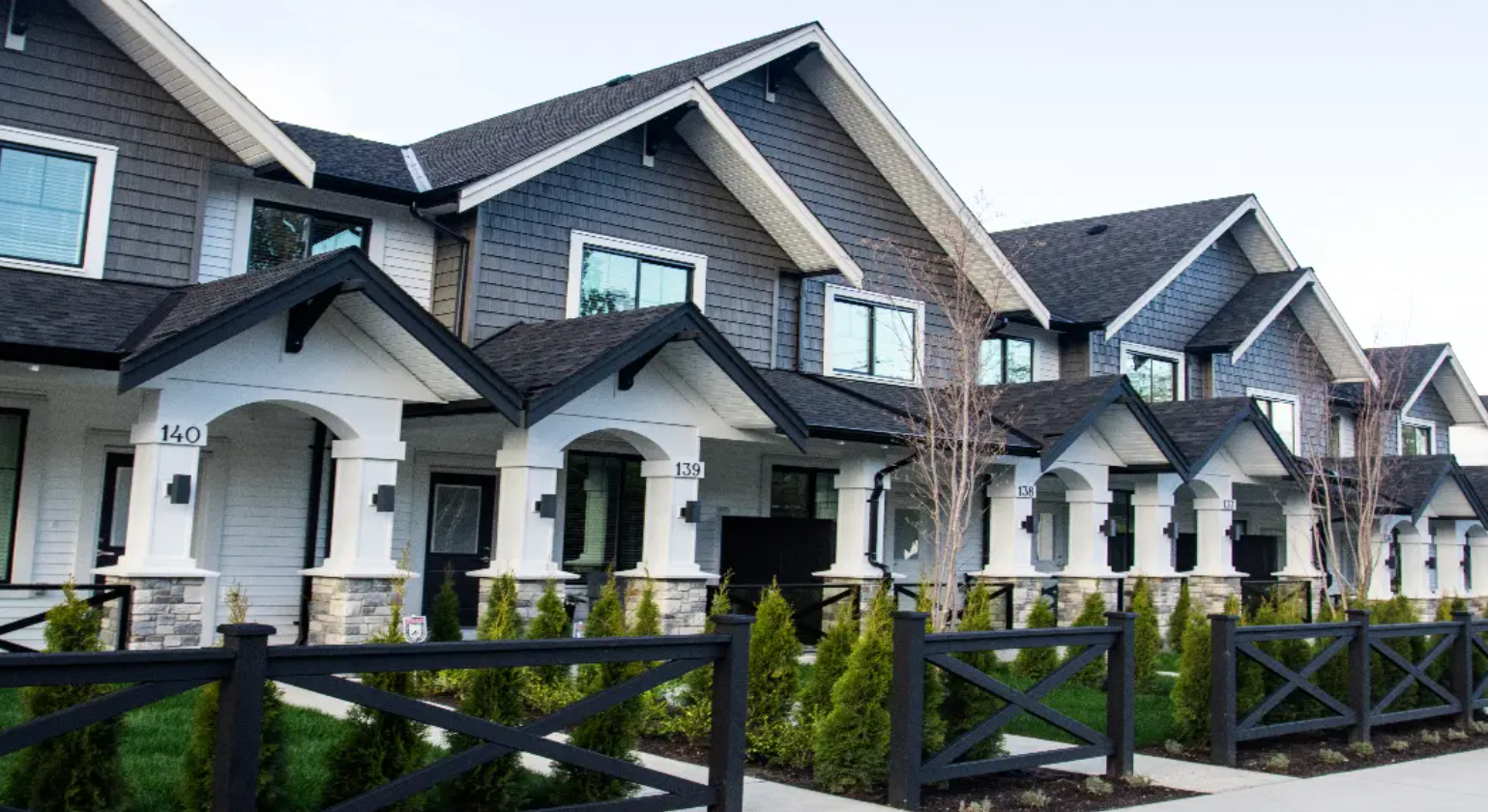Introduction
The VA loan program, administered by the Department of Veterans Affairs, is renowned for helping veterans, active-duty service members, and eligible spouses achieve the dream of homeownership. While most commonly associated with single-family homes, VA loans can also be used to purchase multi-family properties. This avenue not only provides a place to live but can also serve as an investment opportunity, generating rental income. This article explores the eligibility, benefits, and considerations of using a VA loan for multi-family properties.
Understanding VA Loans

The VA loan program was established to make homeownership accessible to those who have served our country. Some of the key benefits include:
- No Down Payment: Qualified borrowers can purchase a home without a down payment, making it easier to buy property.
- Competitive Interest Rates: VA loans typically offer lower interest rates compared to conventional loans.
- No Private Mortgage Insurance (PMI): Unlike conventional loans, VA loans do not require PMI, reducing monthly payments.
- Lenient Credit Requirements: The VA loan program has more flexible credit requirements, making it accessible to more borrowers.
What Constitutes a Multi-Family Property?
A multi-family property is a residential building that contains two to four separate housing units. This can include duplexes, triplexes, and fourplexes. Properties with more than four units are classified as commercial properties and are not eligible for VA loans. The borrower must occupy one of the units as their primary residence to qualify for a VA loan on a multi-family property.
Eligibility Requirements
To use a VA loan for a multi-family property, borrowers must meet the standard eligibility criteria for VA loans, which include:
- Service Requirements: Veterans must meet specific service requirements, such as serving 90 consecutive days of active duty during wartime, 181 days during peacetime, or six years in the National Guard or Reserves.
- Certificate of Eligibility (COE): Borrowers must obtain a COE from the VA to verify their entitlement.
- Occupancy Requirement: The borrower must intend to occupy one of the units as their primary residence.
- Income and Employment: Lenders will assess the borrower’s income and employment history to ensure they can afford the mortgage payments.
- Creditworthiness: While the VA does not set a minimum credit score, lenders typically have their own credit score requirements, often around 620.
Financial Benefits of Multi-Family Properties
Using a VA loan to purchase a multi-family property can offer several financial advantages:
- Rental Income: Renting out the additional units can generate income to help cover mortgage payments and other expenses.
- Investment Potential: Multi-family properties can appreciate in value over time, offering long-term investment potential.
- Tax Benefits: Owning a rental property can provide tax advantages, such as deductions for mortgage interest, property taxes, and maintenance expenses.
Loan Limits and Entitlement
The VA guarantees a portion of the loan, which reduces the risk for lenders and allows them to offer favorable terms. However, there are limits to the amount the VA will guarantee. These limits vary by county and are based on the conforming loan limits set by the Federal Housing Finance Agency (FHFA). Borrowers can purchase properties above these limits, but they may need to make a down payment on the amount exceeding the VA loan limit.
The Role of the Debt-to-Income (DTI) Ratio
Lenders use the debt-to-income (DTI) ratio to assess a borrower’s ability to manage monthly payments and repay debts. The DTI ratio compares total monthly debt payments to gross monthly income. For VA loans, lenders typically prefer a DTI ratio of 41% or lower, although higher ratios may be accepted with compensating factors, such as a high credit score or significant savings.
Preparing for the VA Loan Application
When preparing to apply for a VA loan on a multi-family property, consider the following steps:
- Obtain a Certificate of Eligibility (COE): This document is necessary to prove your eligibility for a VA loan.
- Improve Your Credit Score: Ensure your credit score is as high as possible before applying. Pay down debts and address any errors on your credit report.
- Save for Closing Costs and Reserves: While VA loans do not require a down payment, you will need funds for closing costs and reserves. Lenders typically require six months of mortgage payments in reserves for multi-family properties.
- Gather Financial Documents: Collect documentation such as tax returns, W-2s, pay stubs, and bank statements. Lenders will need these to verify your income and financial stability.
- Research Multi-Family Properties: Identify potential properties that meet your needs and budget. Consider factors such as location, condition, and rental income potential.
Finding the Right Lender
Not all lenders are experienced with VA loans or multi-family properties. It’s crucial to work with a lender who understands the VA loan program’s nuances and can guide you through the process. Compare offers from multiple lenders to ensure you get the best terms and conditions.
Challenges and Considerations
While there are many benefits to using a VA loan for a multi-family property, there are also some challenges and considerations:
- Property Management: Owning a multi-family property involves managing tenants and maintenance. Consider whether you have the time and skills to handle these responsibilities or if you will need to hire a property management company.
- Vacancy Risk: Rental income is not guaranteed. Be prepared for periods of vacancy and ensure you have sufficient reserves to cover the mortgage during these times.
- Higher Costs: Multi-family properties can be more expensive than single-family homes. Ensure you have a realistic budget and can afford the additional costs.
Success Stories
Many veterans have successfully used VA loans to purchase multi-family properties, generating rental income and building long-term wealth. For instance, a veteran might buy a duplex, live in one unit, and rent out the other. The rental income can cover a significant portion of the mortgage, allowing the veteran to live more affordably while building equity in the property.
Conclusion
A VA loan for a multi-family property can be an excellent path to homeownership and financial stability for veterans and service members. By leveraging the benefits of the VA loan program and generating rental income, borrowers can achieve their housing goals and create an investment for the future. With careful planning, preparation, and the right lender, the dream of owning a multi-family property can become a reality for those who have served our country.
